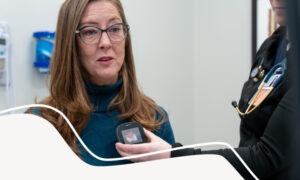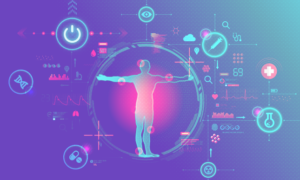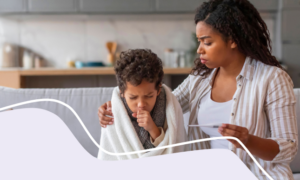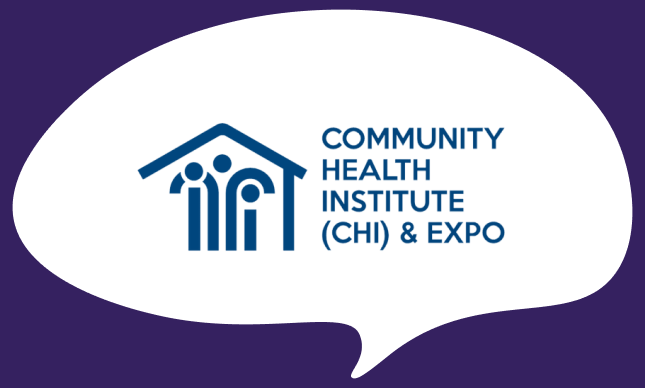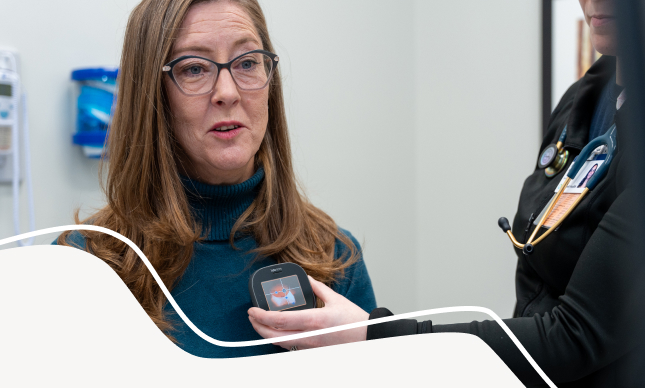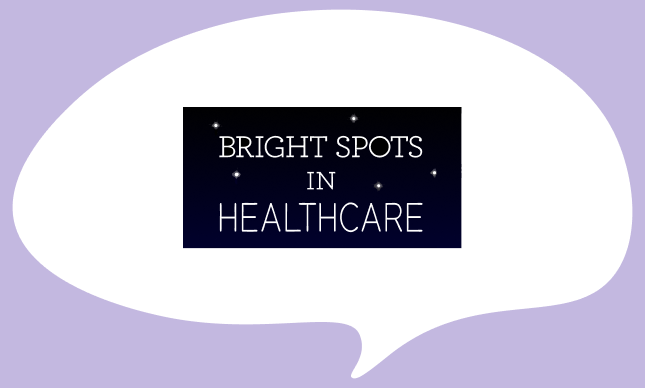School Telehealth – Empowering School Nurses to Excel at their Jobs
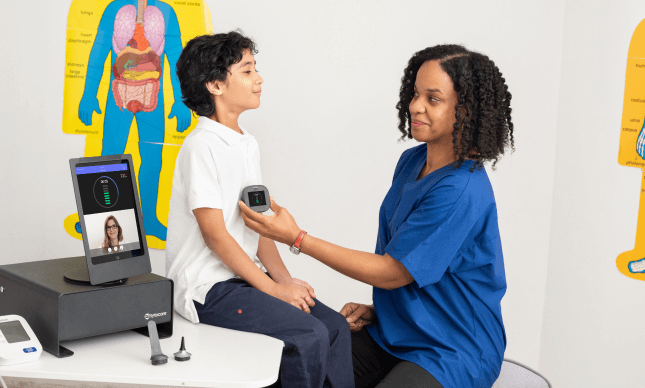
Our AVP of Account Management, Marcos Domiciano, recently had a talk with Jonah Comstock for the MobiHealthNews podcast. As well as discussing TytoCare and how the product has massively impacted the remote telehealth market, they also took the chance to dive into how advances in telemedicine are improving school healthcare and empowering nurses and teachers to provide high levels of care for their students, in addition to the excellent education they’re already receiving. Here’s an overview of what they discussed – to listen to the podcast in full, tune in here!
What are the challenges involved in school-based telehealth?
MD: Most schools will have a school nurse, and as children come into their office they’ll take steps to understand whether this is an emergency and if not then what they can do to help the child. This could range from giving the child a space to lay down and resting, to giving them some Tylenol. However, going beyond that with the limited resources available to most school nurses is very challenging. In rural parts of the country, many schools don’t necessarily have a school nurse, and a teacher or administrator who isn’t a trained medical professional is designated to deal with any sick children.
In addition to dealing with healthy kids, there are many kids within the US school system who have chronic conditions which require ongoing monitoring or treatment. 15M children in the US have special health needs, and roughly 60% don’t have access to coordinated care outside of school.
The school nurses are working so hard to take care of kids, but they’ve got their hands tied behind their backs. Ultimately, often the parents will be called in to pick up a child even if they could continue learning with some basic medical care or some on-premises monitoring. This is stressful for parents, who spend their time taking children to the ER, urgent care, or their physician, and has major negative implications for the child’s education. Schools also lose out, as many are funded based on students’ attendance rates.
What solution does TytoCare provide to these schools?
Ultimately, we know that the school nurses are the backbone of health for their students. TytoCare enables them to connect with physicians not just for video visits, but also to really enable that physician to engage with the child’s health by examining them remotely. So we’re really closing the gap between the basic healthcare that school nurses can provide and what they really wanted to do when they signed up for their jobs which is to take care of children.
How did COVID-19 change the game for school healthcare and school telehealth?
Well, before schools were closed it was really essential for them to keep a close eye on children who may have been exhibiting symptoms. We started to see schools using TytoCare to check their temperatures, but also their oxygen levels which is not something they would have had the tools to do before. Many schools expressed concern over keeping children out of the emergency rooms as far as possible, so the capabilities of the school nurses were even more important – allowing them to complete exams and connect with physicians and specialists directly from the school premises meant that children were able to stay in school and away from hospitals.
Once schools started closing, we of course saw usage drop, but at the same time we saw teachers starting to use the solution in schools and we also saw TytoCare being built into healthcare protocols by the schools themselves. Teachers could test their temperature and oxygen levels, and have a consultation with a physician to help them understand if they should go and do a COVID test. By this way, this is something we saw mirrored by employers across the country using TytoCare to provide on-site medical care for their employees.
Tell us a bit about how universities are using the TytoCare solution and how it differs from schools?
When COVID hit, the challenge for universities was how to bring athletes, students, and faculty back to campus in a safe way. Some of them took a really focused look at different types of protocols which included tracking and testing. One of our partners, the University of Miami, created a protocol called Televigilance, designed to proactively prevent the spread of COVID. Not only did they test and track but they also provided TytoHome kits to students – starting with athletes and then moving on to other students and faculty. This means that they could track their health in a more holistic way, and allowed students to send updates on their vitals on a daily basis. They had a team review the data and catch any anomalies to create real-time health tracking that would catch outbreaks before they even started. They were able to isolate those students and staff before anything spread and didn’t have to wait for someone to test positive.
How would you tie all these pieces together to really discuss the essence of what TytoCare is doing in schools?
We’ve created a very simple-to-use platform that is intuitive and high-quality. When we look at the point of care users, like school nurses, they’re looking for something that is effective and easy to use. They were able to make phone calls before, and maybe do video calls as well, but this is a fully packaged device and exam platform. We’re enabling clinics and health centers, especially in rural parts of the country, to connect to the school and completely examine any students via their computers. It’s a whole new level of care.
A side benefit that we’re seeing is that students are getting more engaged with their health. When students have their ears examined with TytoCare, they’re seeing the inside of their ears for the first time. So they’re starting to ask questions about their health, about their bodies, and really enjoy the educational benefits of that as well.
